Great art is the contempt of a great man for small art
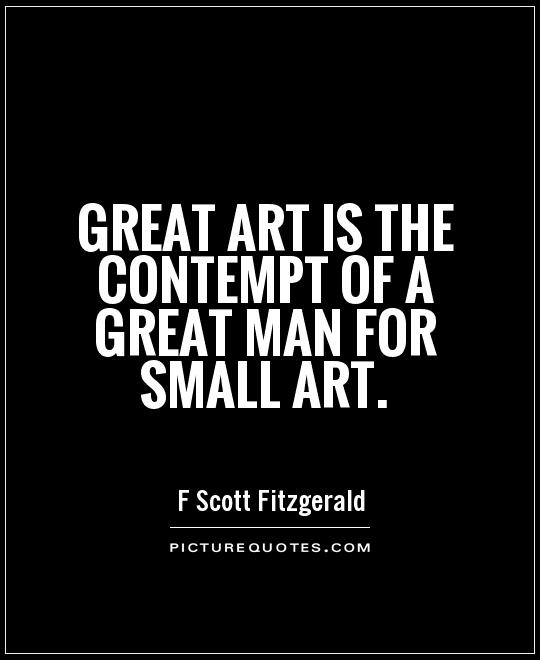
Great art is the contempt of a great man for small art
F. Scott Fitzgerald, the renowned American author of the early 20th century, was known for his sharp wit and keen observations on society. One of his most famous quotes, “Great art is the contempt of a great man for small art,” reflects his belief in the importance of striving for excellence and pushing boundaries in the world of art.Fitzgerald was a firm believer in the idea that true greatness in art could only be achieved by those who were willing to reject mediocrity and embrace innovation. He believed that great artists were not content to simply follow the trends of the day or produce work that was safe and unchallenging. Instead, they were driven by a desire to create something truly original and groundbreaking, even if it meant risking failure or rejection.
In Fitzgerald’s view, small art was characterized by a lack of ambition, originality, and vision. It was the product of artists who were content to play it safe, sticking to familiar formulas and techniques rather than pushing themselves to explore new ideas and experiment with different styles. Small art was, in essence, a reflection of the artist’s own limitations and insecurities, a refusal to take risks and step outside of their comfort zone.
On the other hand, great art was the result of a great man – or woman – who was unafraid to challenge conventions, break rules, and defy expectations. It was the product of a creative genius who was willing to push themselves to the limits of their abilities in pursuit of artistic excellence. Great art was bold, daring, and uncompromising, a testament to the artist’s vision, passion, and commitment to their craft.
In the context of Fitzgerald’s own work, this quote can be seen as a reflection of his own approach to writing. Throughout his career, Fitzgerald was known for his innovative storytelling techniques, vivid characterizations, and keen insights into the human condition. He was not content to simply churn out formulaic stories or rely on clichés; instead, he constantly pushed himself to explore new themes, experiment with different narrative structures, and challenge the conventions of his time.
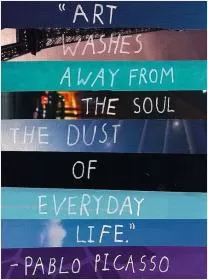

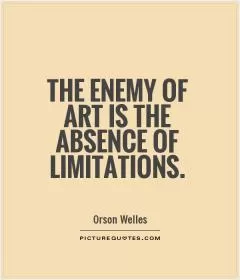

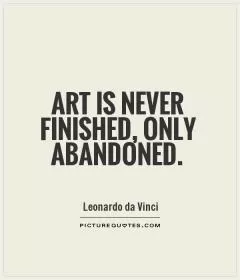
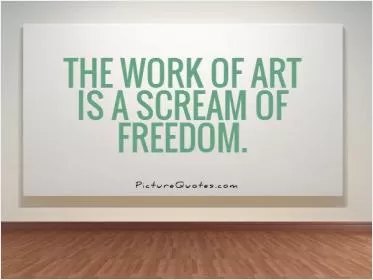


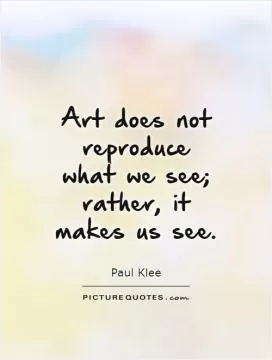

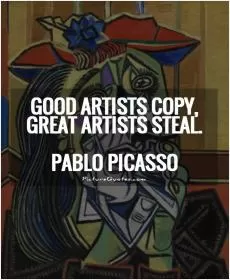

 Friendship Quotes
Friendship Quotes Love Quotes
Love Quotes Life Quotes
Life Quotes Funny Quotes
Funny Quotes Motivational Quotes
Motivational Quotes Inspirational Quotes
Inspirational Quotes